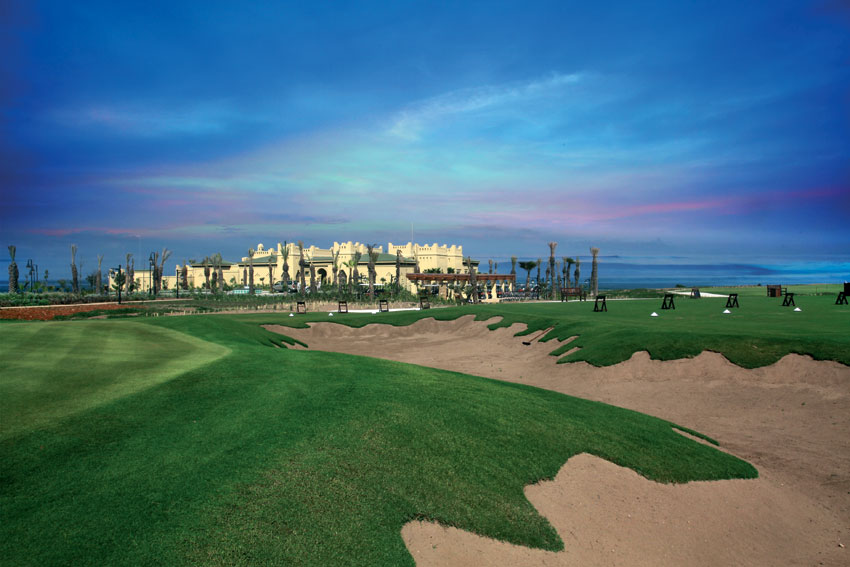With a raft of development projects around the country, authorities are hoping Morocco will become a destination of choice for beach, golf, spa and luxury travel. Kathi Everden assesses the viability of hotel operations in the new hotspot
International flight numbers have doubled in six years to reach a weekly total of 1200, visitor arrivals are expected to top nine million in 2010 and at least 80,000 more hotel rooms are planned — healthy enough figures perhaps to justify Morocco’s designation as one of the ‘hottest markets for 2010’ in the recent Jones Lang LaSalle Hotel Investment Outlook report.
Indeed, rated number one for tourism business environment in 2010 by Business Monitor International, Morocco seems to exemplify the advantages of a sustainable government strategy that has wrought tangible benefits through the implementation of a cohesive plan encompassing infrastructure and human resources development as well as incentivising private sector investment.

Advertisement
Buffeted by the cool winds of the global recession in the past two years, some projects have foundered, but with government backing, there is renewed vigour among the survivors, and a successor to the initial Vision 2010 Plan is expected to be revealed this autumn to keep up momentum.
The original strategy aimed at tripling hotel capacity and included Plan Azur, with six beach destinations allocated to international developers — at Mazagan, Saidia, Mogador, Lixus, Taghazout and Plage Blanche — plus new resorts at Chbika, Tamuda Bay and Cala Iris. In total, these will add nearly 140,000 beds.
In addition, under Plan Mada’in, nine existing tourist destinations were scheduled for upgrade and expansion, including beach resorts at Tangier and Agadir, the imperial cities, Casablanca, Marrakech and Ouarzazate, while rural, adventure, sports and domestic tourism were also given priority to spread the benefits of tourism around the country.
Along with this ‘bricks’n’mortar’ strategy, the government has also implemented an open skies policy with Europe, encouraged the expansion of low cost airline services, allocated extensive budgets for airport, rail and road construction, and expanded training institutes for human resources.
Indeed, the Gulf’s Air Arabia has flown straight in to the market, establishing a hub at Casablanca last year and is already offering flights to 12 cities in Europe.
“We will be adding more routes and frequencies in the near future”, says CEO Adel Ali. “Our base is currently in Casablanca, but we will be looking at opportunities that exist from other cities as we organically grow.”
All of this has contributed to an arrivals total of 8,341,000 for 2009, a figure expected to top 9.4 million in 2010 according to Omar Bennani, CEO of the Morocco Tourism Development Agency (SMIT).
“Vision 2010 was a real success — 9.4 million tourists in 2010 represents 94% of our objective while we also reached 80% of hotel bed capacity objective, increasing from 90,000 to 185,000 beds,” he says.
“Tourism income for Morocco jumped from US$3.2 billion in 2001 to nearly $6.6 billion in 2007, and this healthy tourism environment encouraged many investors including Emaar, Qatari Diar, Alain Crenn Group, Orascom, Gulf Finance House, Kerzner and CDG Group,” he reveals.









 Search our database of more than 2,700 industry companies
Search our database of more than 2,700 industry companies









